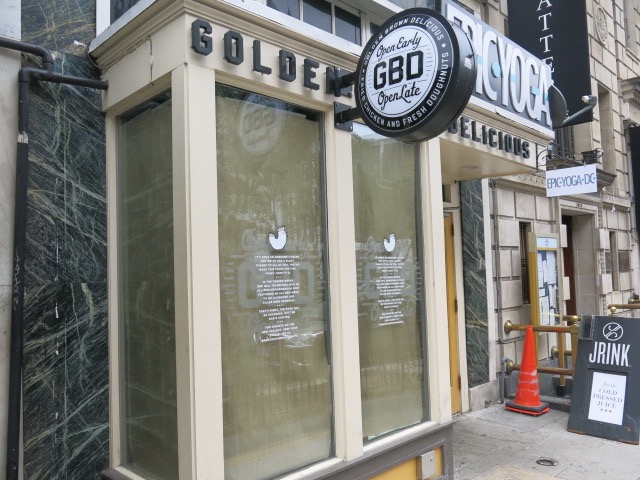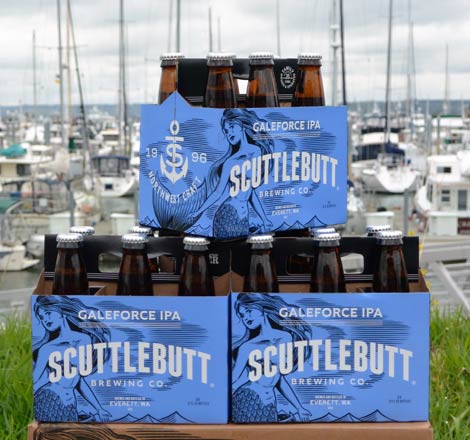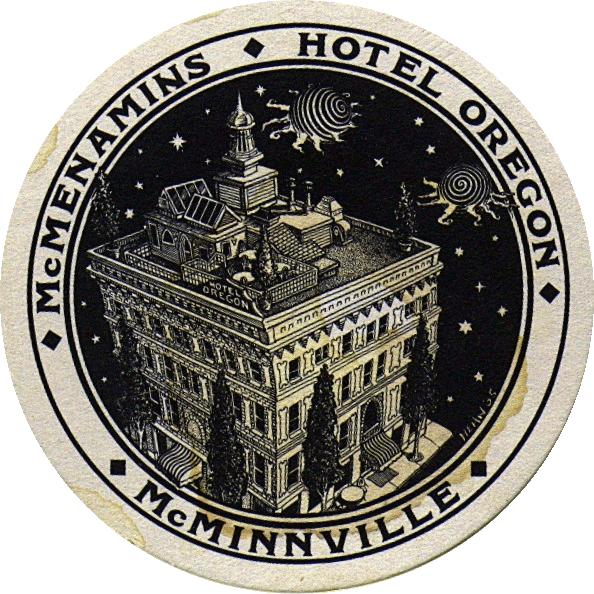
The company filed a lawsuit in federal district court arguing that the ATF prohibition on putting alcohol content on a beer label was unconstitutional. "We would work to prevent that proposal from being as divisive within the industry as it has been in the past." DeCelle explains it was difficult to get industry unanimity on behalf of Coors' suit against the ATF, first filed in 1987. Brewers divided Art DeCelle, general counsel for the Beer Institute, says an ATF proposal supporting mandatory labeling could split the industry. If those recalcitrant states hang tough, an ATF mandate on alcohol content would complicate distribution and probably increase labeling costs for brewers. It is not clear whether a recent Supreme Court victory for Coors Brewing Co., Golden, CO, on this issue means those states must rescind those laws. Still other states prohibit alcohol content on labels. The ATF and many states require it by volume. Other states require alcohol content to be designated in terms of percent by weight. For example, certain states require beer labeled at over 5% alcohol by volume to be called "ale" or "malt liquor." Some brewers think those terms limit the marketability of a beer. She feels it would create problems for brewers in states with varying laws.

Barbara Paterno, spokeswoman for Molson Breweries USA, Inc., Reston, VA, says her company opposes mandatory alcohol content labeling. The beer industry wants to slam the door closed before the ATF pushes any regulation through. Having opened the door to mandatory labeling, though, the ATF has not made the decision yet to walk through it. Charles Bacon, a BATF official, says the BATF legal counsel has already rendered an opinion that the BATF (actually the agency prefers being known as the ATF) has the legal authority to require mandatory alcohol-content labeling on beer. That is when the Bureau of Alcohol Tobacco and Firearms (BATF) will put out a proposed rule on alcohol-content labeling of beer. Light body with a zesty, fruitiness this beer finishes refreshingly crisp with a dry slightly tart finish.There will be a brouhaha over brew labels early next year. The aroma consists of spice, black tea, and just a hint of clove. Scuttlebutt Brewing/Farmstrong Brewing, Everett/Mount VernonĪvailable: On tap at Farmstrong Brewing and Scuttlebutt Brewing’s taproomįrom the brewery: Brewed in a hollowed out wooden log (known as a kuurna) on a bed of juniper boughs, this beer is both complex and delicate. On tap and 22-ounce bottles available at the brewery. Available on tap at the brewery.īarrel Aged Fade Out, Decibel Brewing: A barrel-aged version of the brewery’s imperial stout aged in Bad Dog Distillery’s whiskey barrels. “It’s a museum piece now,” joked Adam Chittick, Scuttlebutt assistant brewer.ĭormant Ryezome, Whitewall Brewing: Dry hopped with Citra, Mosaic and Chinook hops, this rye pale ale has a spicy backbone and piney and citrus overtones. If you visit Scuttlebutt, take a look around the taproom brewhouse and you might find the giant log that was used for the kuurna, waiting to be used once again. The beer was released last week at Scuttlebutt and Farmstrong’s taprooms, so hurry: Both breweries only ended up with a couple of barrels, and it could go fast.

Tasting it off the brite tank recently, there wasn’t a lot of juniper flavor, but some of the woody characteristics shone through on the finish.

Instead, the beer is slightly dry and very drinkable. It has the fruit flavors from the Belgian saison yeast without the big spicy finish you get with many saisons. The beer finished at 6 percent ABV and pours an amber color. The Scuttlebutt-Farmstrong sahti used a Belgian saison yeast and Chinook hops for bittering and Tettanger hops for finishing. Skagit Valley Malting’s Scott Pelton, who looked on during the brewing process at Scuttlebutt a few weeks ago, said caramelized triticale tastes like Raisin Bran and was excited to partner with the breweries on the sahti project.

Skagit Valley Malting, located in Burlington, has quickly become a name in the craft beer world for their boutique malt variations.įor the sahti, SVM provided 40 percent triticale malt, a wheat-rye hybrid, and the rest caramelized triticale. The beer was also a chance for Nord to brew a beer with 100 percent Skagit Valley Malting malts, something Farmstrong has already been doing regularly.


 0 kommentar(er)
0 kommentar(er)
